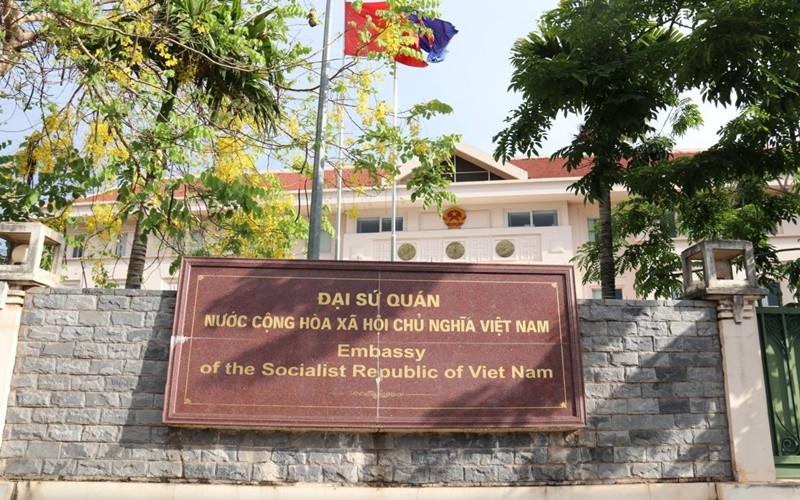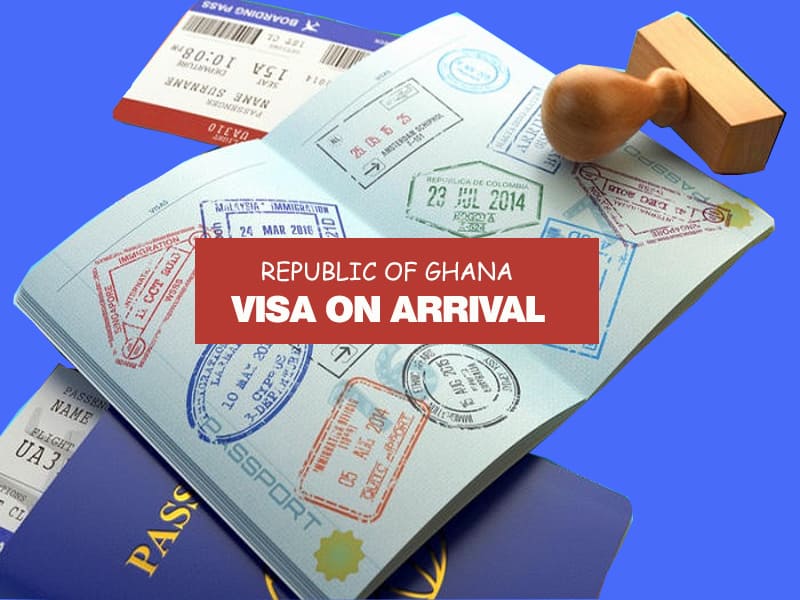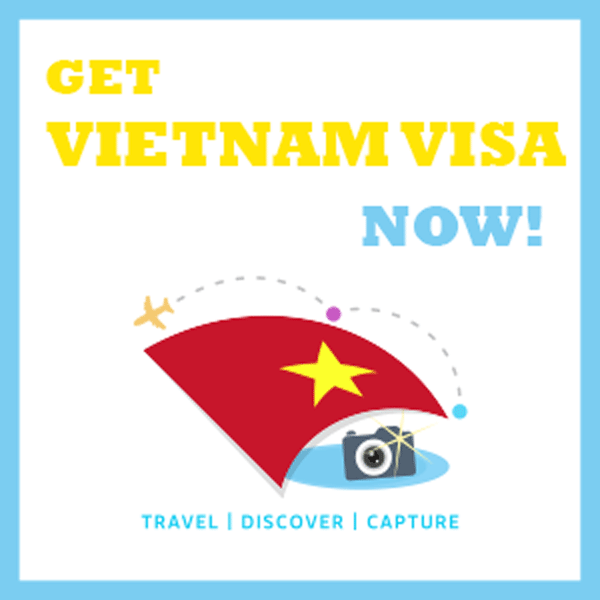Vietnam is a beautiful and culturally rich country that is attracting more and more tourists every year. If you are planning a trip to Vietnam Visa a Comprehensive, you will need to obtain a visa before your arrival. In this article, we will explain everything you need to know about how to get a Vietnam visa, including who needs one, what types of visas are available, when to apply, how to apply, the pros and cons of each method, alternative options, step by step instructions, comparisons, tips, and the best option for obtaining your Vietnam visa.
Table of Contents
Who Needs a Vietnam Visa?
All foreign nationals arriving in Vietnam need a valid visa, except those from countries that have an agreement with Vietnam for visa exemption. The length of stay allowed without a visa varies depending on the nationality of the traveler. Citizens from ASEAN countries can travel to Vietnam without a visa for up to 30 days, while citizens from several other countries, such as Japan and South Korea, can stay for up to 90 days.
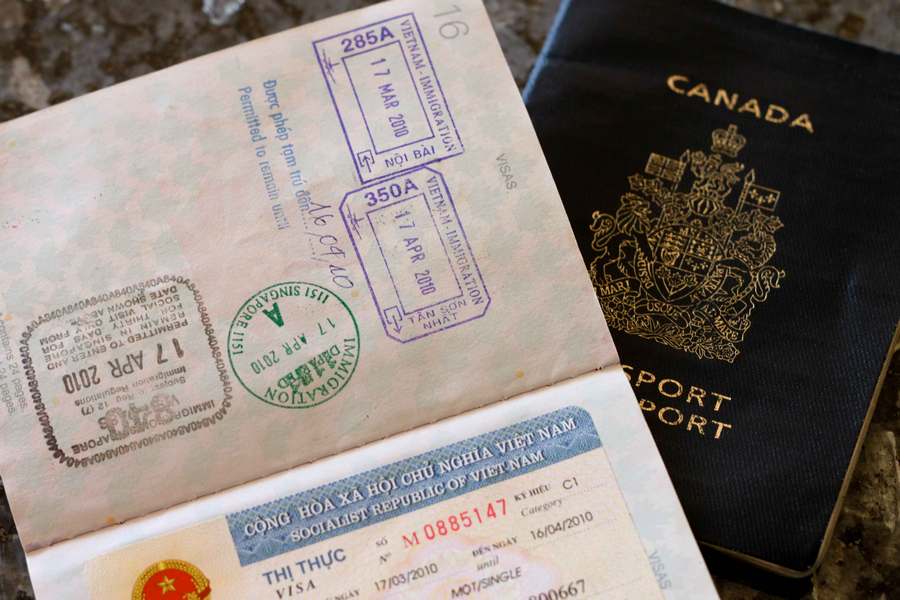
What Types of Vietnam Visas Are Available?
There are several types of Vietnam visas available, depending on the purpose and length of your stay:
1. Tourist Visa (DL)
The tourist visa is the most common type of visa for travelers visiting Vietnam for leisure purposes. It allows for stays of up to 30 or 90 days, depending on the nationality of the traveler. The visa can be obtained online, through a Vietnamese embassy or consulate, or by using a visa agency.
2. Business Visa (DN)
The business visa is intended for individuals traveling to Vietnam for business purposes, such as attending meetings or conferences, negotiating contracts, or conducting market research. It allows for stays of up to 90 days and can be obtained through a Vietnamese embassy or consulate or by using a visa agency.
3. Work Visa (LD)
The work visa is intended for individuals who will be working in Vietnam for an extended period of time, typically more than three months. The visa can only be obtained through the employer who will be sponsoring the applicant.
4. Student Visa (DH)
The student visa is intended for foreign students who will be studying in Vietnam for an extended period of time, typically more than three months. The visa can be obtained through a Vietnamese embassy or consulate or by using a visa agency.
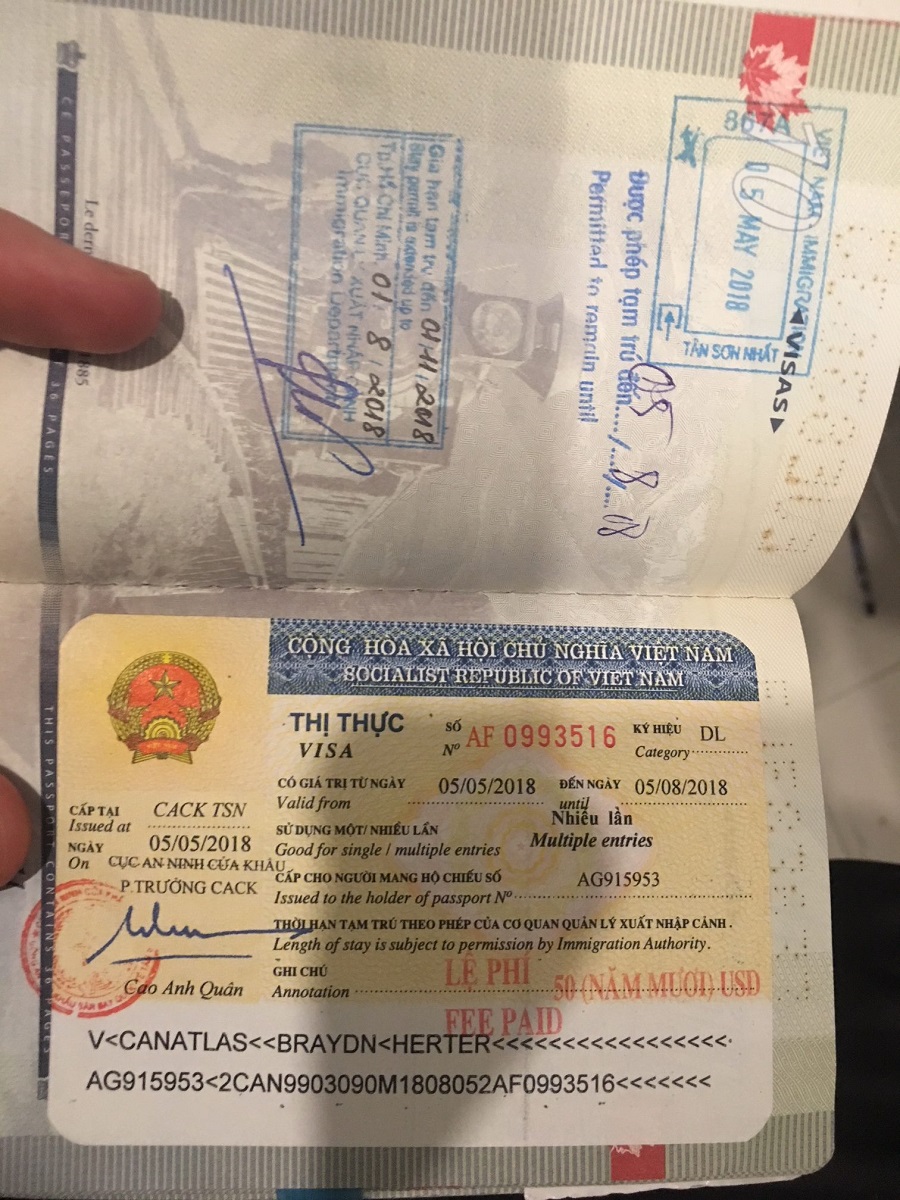
When Should You Apply for a Vietnam Visa?
It is recommended to apply for your Vietnam visa at least two weeks before your planned departure date. This will give you enough time to obtain the visa and make any necessary travel arrangements. However, you can apply for a visa up to six months before your planned arrival date.
How to Apply for a Vietnam Visa
There are several ways to apply for a Vietnam visa:
1. Online Application
You can apply for a Vietnam visa online through the official website of the Vietnam Immigration Department. The process is simple and straightforward. You will need to fill out an online application form, pay the visa fee, and wait for your visa approval letter to be sent to you via email. Once you receive the approval letter, you can print it out and present it at the airport upon arrival in Vietnam.
2. Embassy or Consulate Application
You can also apply for a Vietnam visa at a Vietnamese embassy or consulate in your home country. The process involves filling out an application form, submitting it along with your passport, photos, and visa fee, and waiting for the visa to be issued. The processing time can vary depending on the embassy or consulate.
3. Visa Agency Application
If you do not have access to a Vietnamese embassy or consulate, or if you prefer to have someone else handle the visa application process for you, you can use a visa agency. Visa agencies can help you obtain your Vietnam visa quickly and efficiently, for a fee.
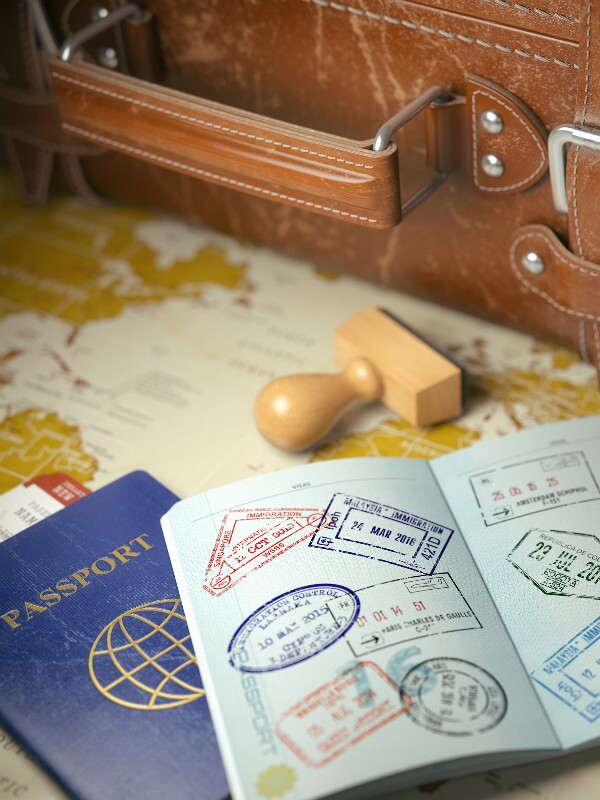
Pros and Cons of Each Method
Each method of obtaining a Vietnam visa has its pros and cons:
Online Application
Pros:
- Fast and easy
- Can apply from anywhere with an internet connection
- No need to send your passport by mail
Cons:
- Only available for certain types of visas
- Additional fees for processing and stamping the visa upon arrival in Vietnam
Embassy or Consulate Application
Pros:
- Can apply for any type of visa
- No additional fees for stamping the visa upon arrival in Vietnam
Cons:
- Requires a visit to the embassy/consulate
- May take longer to process the visa
- Risk of losing your passport during the application process
Visa Agency Application
Pros:
- Quick and efficient
- No need to visit the embassy/consulate
- Can handle all aspects of the visa application process
Cons:
- Additional fees for using the agency’s services
- Risk of handing over personal information to a third party
Alternative Options for Obtaining a Vietnam Visa
If you arenot comfortable with the above methods, there are a few alternative options for obtaining a Vietnam visa:
1. Visa on Arrival
Visa on arrival is a convenient option for travelers who do not have access to a Vietnamese embassy or consulate in their home country. To obtain a visa on arrival, you will need to apply online through a visa agency, pay the fee, and receive an approval letter. Upon arrival in Vietnam, present the approval letter at the airport and pay the stamping fee to receive your visa.
2. E-Visa
An e-visa is an electronic visa that can be obtained online through the official website of the Vietnam Immigration Department. It allows for stays of up to 30 days and is available for citizens of certain countries. The processing time is usually three working days, and the visa will be sent to you via email.
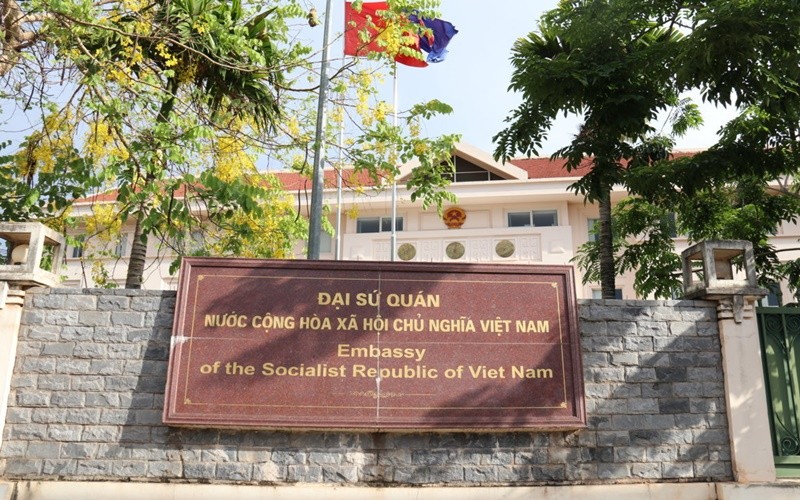
Step by Step Instructions for Obtaining a Vietnam Visa
To obtain a Vietnam visa, follow these step-by-step instructions:
- Determine which type of visa you need based on the purpose and length of your stay.
- Choose the method of application that works best for you (online, embassy/consulate, visa agency, visa on arrival, or e-visa).
- Complete the necessary application forms and provide any required documents (passport, photos, etc.).
- Pay the visa fee and any additional processing fees.
- Wait for your visa approval letter or for the visa to be issued.
- If using visa on arrival, present the approval letter and pay the stamping fee upon arrival in Vietnam. For other methods, the visa will be issued and placed in your passport.
- Enjoy your trip to Vietnam!
Comparison of Methods
To help you decide which method of obtaining a Vietnam visa is best for you, here is a comparison of each method based on factors such as convenience, cost, and processing time:
| Method | Convenience | Cost | Processing Time |
|---|---|---|---|
| Online Application | Very convenient | Moderate | 2-3 working days |
| Embassy/Consulate Application | Somewhat inconvenient | Low | 5-7 working days |
| Visa Agency Application | Very convenient | High | 1-2 working days |
| Visa on Arrival | Very convenient | Moderate | 2-3 working days |
| E-Visa | Very convenient | Moderate | 3 working days |
Tips for Obtaining a Vietnam Visa
Here are some tips to make the process of obtaining a Vietnam visa as smooth and stress-free as possible:
- Apply for your visa well in advance of your planned departure date to avoid any last-minute issues.
- Double-check all application forms and documents before submitting them to ensure accuracy and completeness.
- Research the requirements for your specific type of visa to make sure you have all necessary documents and meet all eligibility criteria.
- If using visa on arrival, be sure to bring enough cash to pay the stamping fee.
- Be aware of potential scams or fraudulent websites when applying for a visa online. Always use a reputable website or visa agency.
The Best Option for Obtaining a Vietnam Visa
The best option for obtaining a Vietnam visa depends on your specific needs and preferences. If you are looking for convenience and speed, the online application or visa agency application may be the best choice. If you prefer to handle your visa application in person, the embassy/consulate application may be the way to go. Visa on arrival is a good option for those who do not have access to a Vietnamese embassy or consulate, while e-visa is the most convenient option for citizens of certain countries.
Conclusion
Obtaining a Vietnam visa may seem like a daunting task, but with the right information and preparation, it can be a simple and straightforward process. Whether you choose to apply online, through a Vietnamese embassy or consulate, or using a visa agency, be sure to follow the necessary steps and requirements carefully. With your Vietnam visa in hand, you can look forward to exploring all the beauty and culture that this wonderful country has to offer.
FAQs After The Conclusion
- Do I need a visa to enter Vietnam?
Yes, unless you are from a country that has a visa exemption agreement with Vietnam.
- How long does it take to obtain a Vietnam visa?
The processing time can vary depending on the method of application, but it is recommended to apply at least two weeks before your planned departure date.
- What types of Vietnam visas are available?
There are several types of visas available for different purposes, including tourist, business, work, and student visas.
- Can I apply for a Vietnam visa online?
Yes, you can apply for a Vietnam visa online through the official website of the Vietnam Immigration Department or through a reputable visa agency.
- What is the best option for obtaining a Vietnam visa?
The best option depends on your specific needs and preferences, but some popular options include applying online, through a Vietnamese embassy or consulate, or using a visa agency. Visa on arrival and e-visa are also convenient options for certain travelers.


